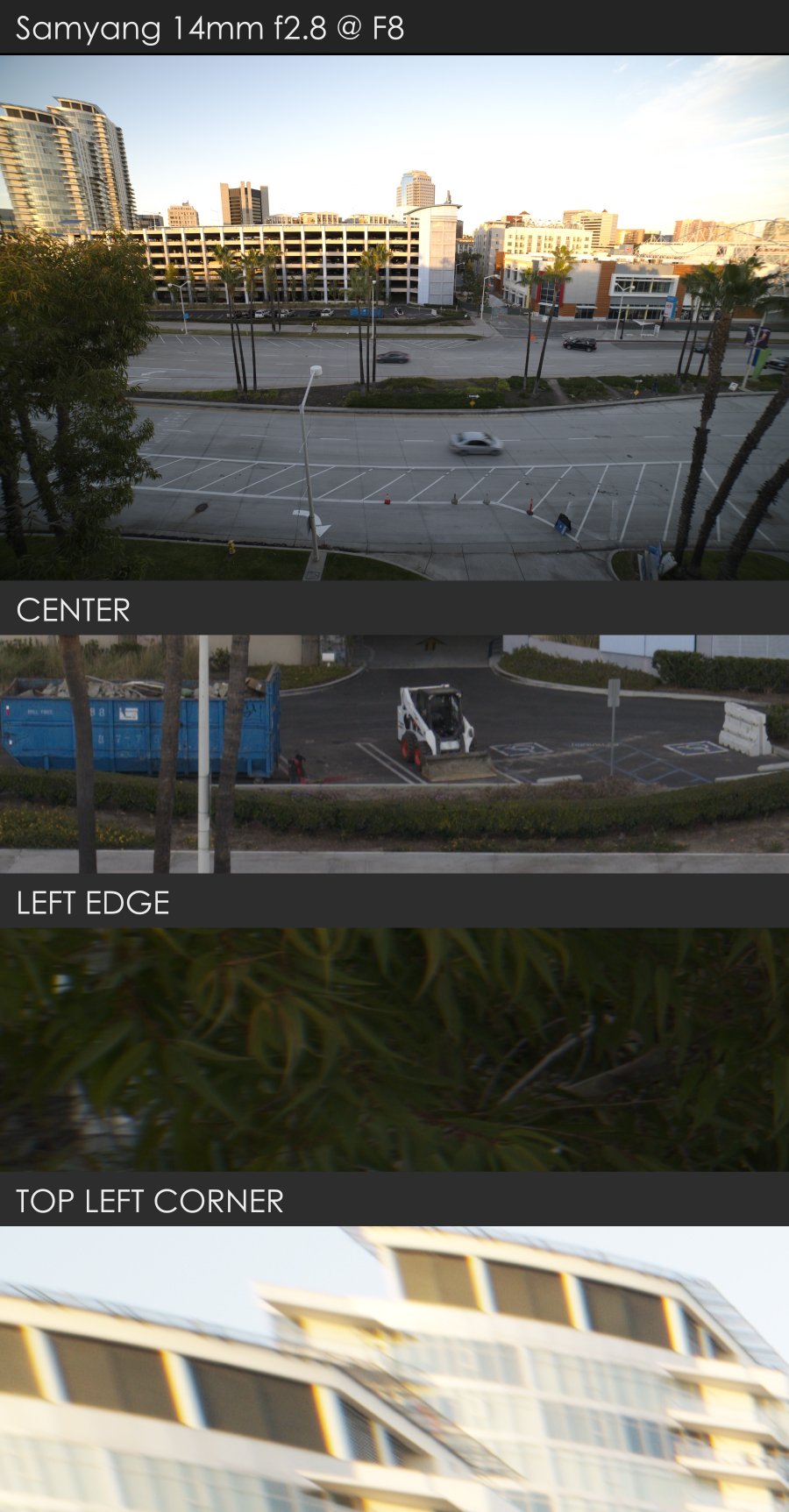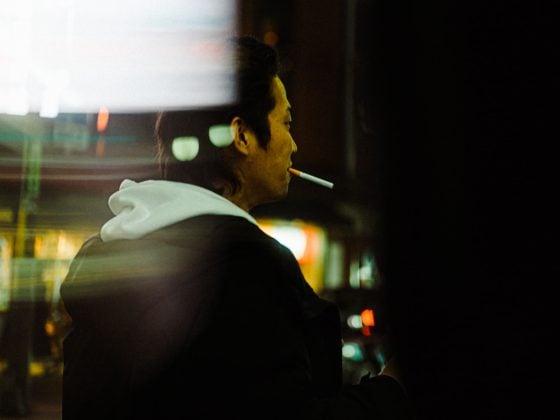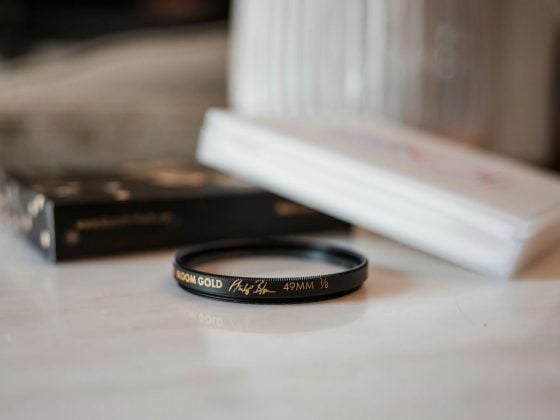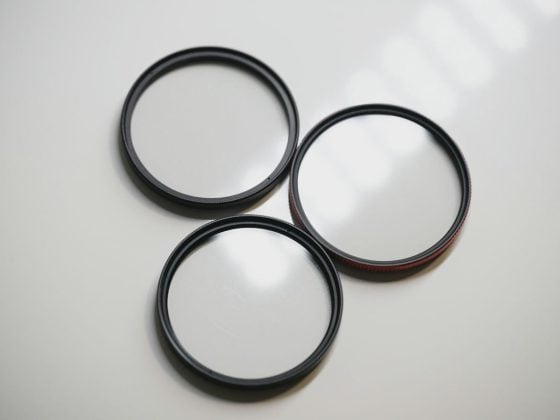I’m still working on Samyang vs Voigtlander vs Sony ultra wide lens comparison and want to make it really good but that takes time and I’ve been busy. There are so many variable to get right with a lens comparison like this and I don’t want to be one of those bloggers that blindly throws up images samples and say one lens is better than another just because it’s sharper on a few images. So I’ll post this now, and continue to add to it as I streamline better lens testing techniques leading into 2016.
There are a lot of things to consider that I still want to test and get right with these lenses which most people don’t do, but it just takes a very solid amount of time which is why I’m building a master studio chart to help me test and review lenses which is why I’ve put this test off for so long. It should all be ready in a month and 2016 will be an awesome year for this blog where I’ll focus primarily on lens reviews.
But in the mean time, here is a quick comparison.
Samyang 14mm vs Voigtlander 15mm vs Sony 16-35mm
There are a lot of things I still want to get into this comparison but I’ll talk about a few.
I’m noticing the Voigtlander and Sony are pretty close to color when leaving the camera in AWB. The Samyang seems to be a bit warmer and when I match white balance the Samyang seems to have a strange green tint to it. But at F8, the Samyang lens almost seems to be a half a stop or so brighter than the other too.
When it comes to sun stars the Voigtlander just looks great with very nice points. Sony and Samyangs sun stars are a little messier.
Lateral Aberrations and Spherochromatism is what we usually talk about when we talk about chromatic aberrations. The purple fringing we get on high contrast areas towards the edges of the frame. Spherochromatism is the type of abarration refering specifically to fringing in the out of focus foreground and background. All these lenses do control it pretty well especially the Samyang and Voigtlander considering they are primes. The Sony looks good, but it’s sometimes hard to tell because I believe they bake some lens corrections into their RAW files to give an illusion of better image quality.
I also want to put together a test for field curvature but I’m still working on a great way of creating this effect that is quantifiable.
In the meantime you can use these sharpness charts to see how the lenses corners edges hold up and how well CA is controlled.
Taken with the Sony A7rII, ISO 100, f8 with auto shutter. The Samyang was at 1/30 the other two taken at 1/15.
WB was also set for AWB.
Click through these and they’ll take you to my photobucket account where you can look at them larger. If you want email me and I can send you source files.
Samyang 14mm F2.8 Sharpness Chart

Sony 16-35mm F4 Sharpness Chart

Voigtlander 15mm Sharpness Chart
Voigtlander 15mm vs Samyang 14mm vs Sony 16-35mm Conclusions
I’ll continue to add to this topic but it looks like if you just judge sharpness the Voigtlander 15mm wins by a lot in terms of corner-to-corner, edge and center sharpness.
However, the Sony lens is also extremely sharp especially at the center, only smearing slightly towards the edges and corners. To be expected for a zoom lens.
Chromatic Aberrations
In terms of CA, these samples aren’t really great examples of how bad it can get. It’s actually very well controlled in these samples but all lenses do show some aberrations. I know the Samyang looks the best in this particular comparison but I’ve used that lens for many years and it’s by no means exempt from chromatic aberrations.
Vignetting
I’ll get samples up soon of Vignetting, but I can tell you that the Voigtlander has some of the worst vignetting I’ve seen in a modern lens. It’s very heavy and if you can’t tolerate vignetting then the Voigtlander might not be a good option for you. The Sony has very controlled Vignetting and I think Sony actually bakes some lens correction information into the RAWs so it feels more controlled and you won’t notice it as much.
The Samyang has a strange vignetting pattern, slightly darker in the center and the edges.
Distortion
Distortion with the Voigtlander and Sony isn’t really bad enough to interfere with your ability to create great images. The Samyang however is a mess. It has a nasty mustache distortion and there is no profile built into Lightroom to correct it. There is one I’ve found by Googling that works great but you have to search for it and it’s on a German site. So good luck. 🙂
Price
As far as the price goes, the Samyang is a great lens. If you’re just learning Landscape it’s not a bad option. It was one of my first landscape lenses and I used it for years and some of the best images in my portfolio were taken with this lens. You just have to do a lot of extra fixing in post as the lens flares pretty bad.
Voigtlander is a great price but you have to remember that you also have to buy an adapter. The one I got was expensive, so the total combo only makes the lens a few hundred less than the Sony.
My Favorite Lens To Use
For shooting just for fun, I really like using the Voigltander because it’s small, light, and incredibly sharp all around. I acutally use this lens the most.I shoot a lot of HDR so the vignetting isn’t really that big of a deal breaker for me and sometimes tonemapping with something like Photomatix can help control it. Also, you can correct it nicely in Lightroom with the older Voigtlander Heliar II profile and it looks pretty good. Plus the Sony A7r II has some great dynamic range so lifting that bad vignette won’t break your image too bad.
Hypothetically if I didn’t own any of theses lenses and I know what I know now and I wanted to go all in and just shoot landscape photography for a living and could only have one lens I would probably pick the Sony 16-35mm lens. I know it’s not as sharp as the Voig, but the way it’s designed and how it works with the Sony cameras gives it an overall more stable image. Plus you have the flexibility of being able to zoom into 35mm if you want. It’s a fantastic lens and I really like it. A huge step up from my older Canon 16-35mm lens.
Like I mentioned earlier the Samyang is a great lens for the price. It just flares like a bitch and the mustache distortion sucks. Also, the edges are smeary and copy-to-copy variations are pretty bad. But I believe it’s something like what $300 bucks? That’s hard to beat for a photographer that just want to have fun and doesn’t care about ‘perfect’ image quality. And to be honest, I’ve sold many prints shot with this lens and it has more than paid for itself for me.
| **This website contains affiliate links. We will earn a small commission on purchases made through these links. Some of the links used in these articles will direct you to Amazon. As an Amazon Associate, I earn from qualifying purchases. |




